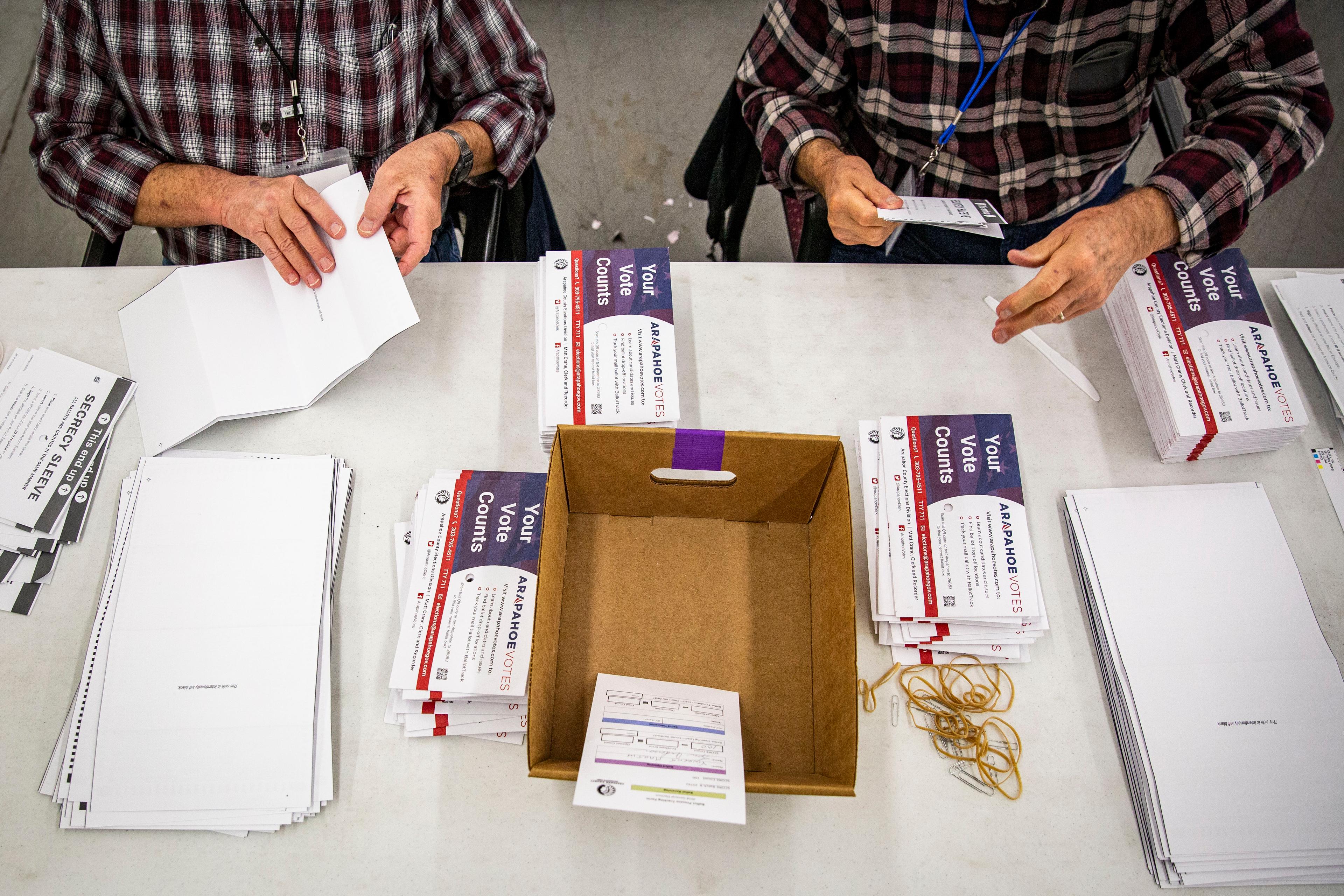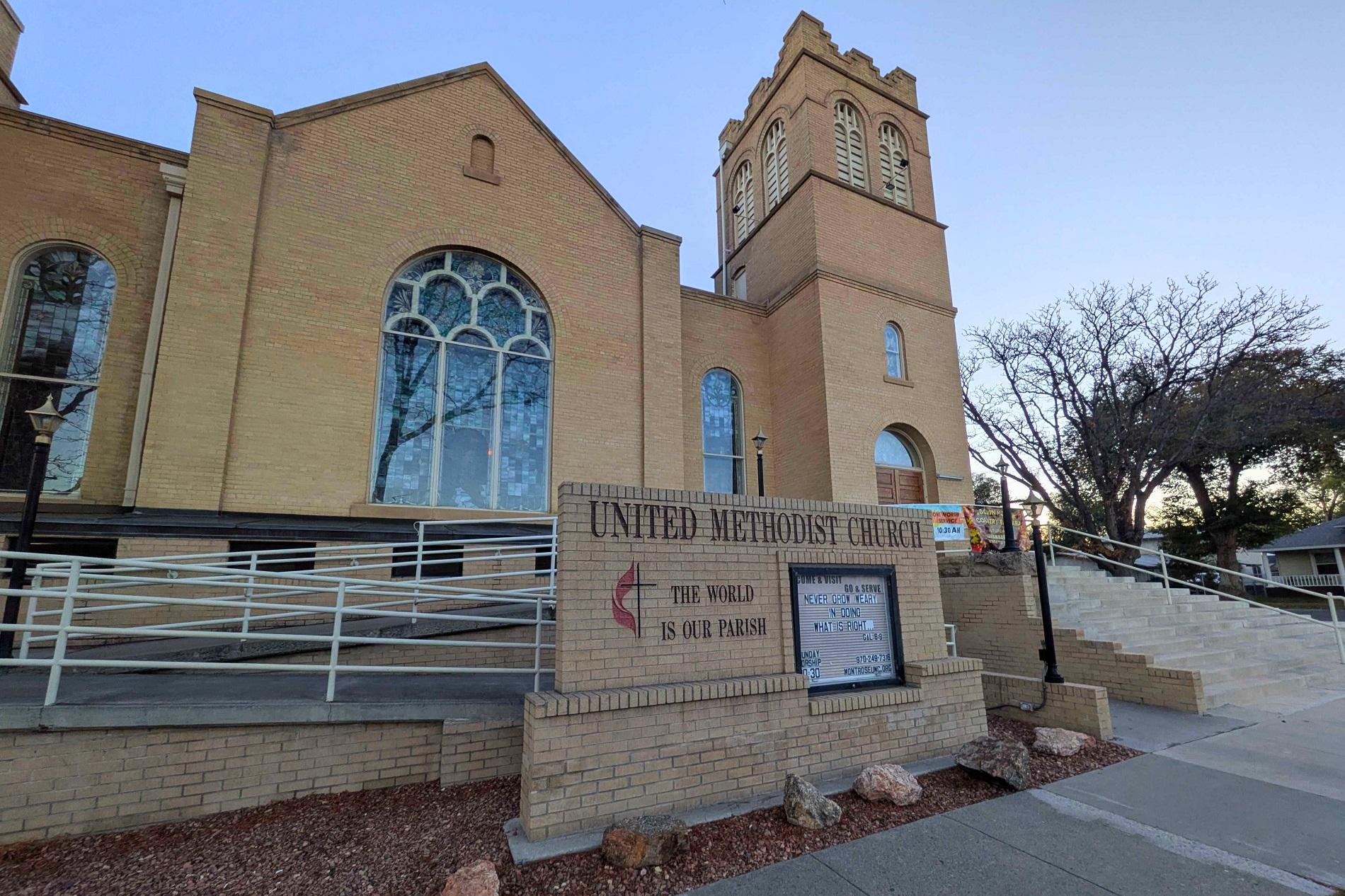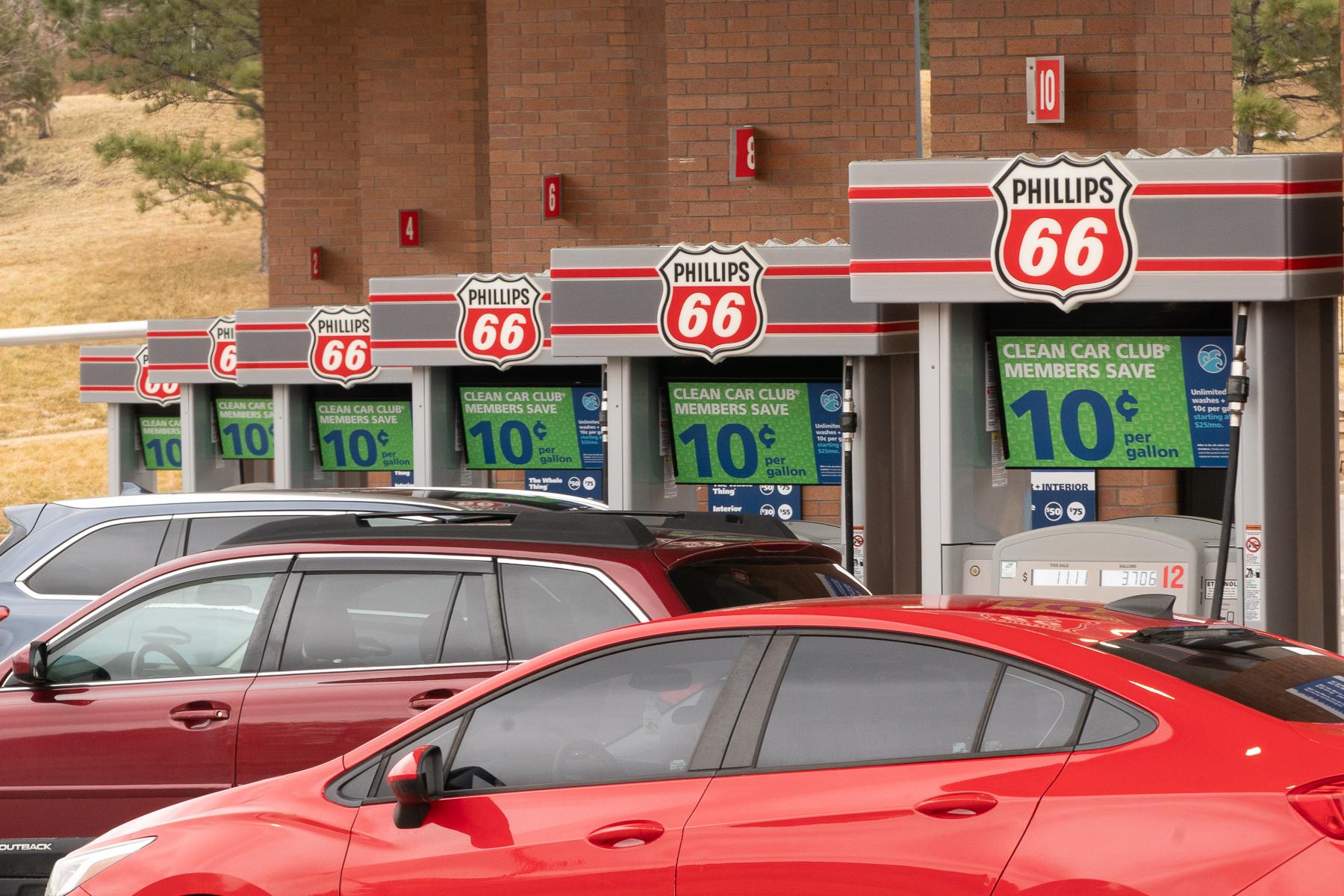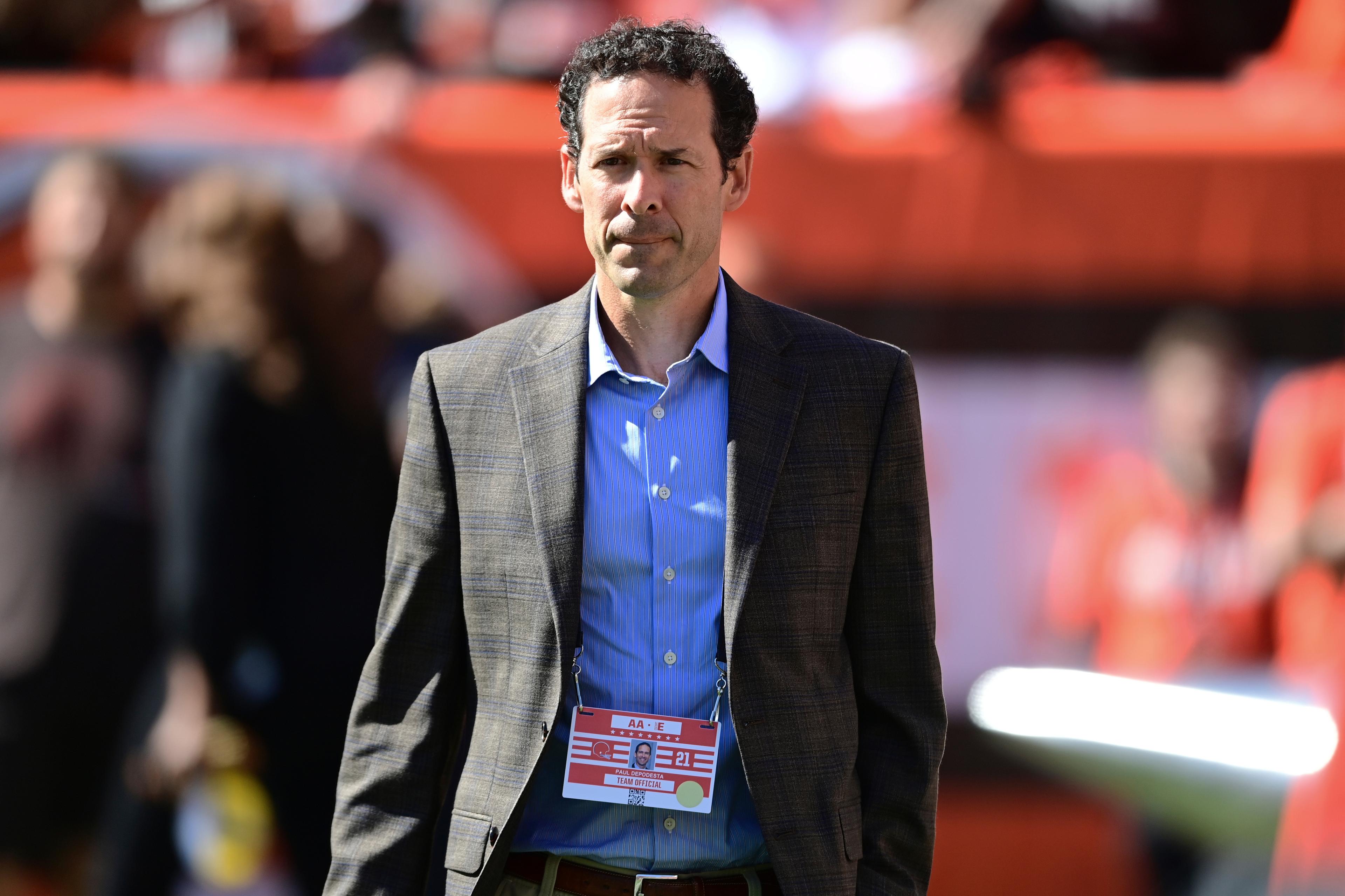
After almost two decades of picking their presidential candidates through caucuses, Colorado voters are in a new position this election year, joining at least a dozen other states that hold primaries on Super Tuesday.
That means Colorado voters will have a bigger voice in helping to narrow down the list of Democratic candidates running for president than during past cycles, and unaffiliated voters will have their first say ever.
How can I be sure my vote gets counted?
The Secretary of State’s Office says some counties offer ballot tracking services. To track your ballot, go to GoVoteColorado.gov and click on “Find My Registration.” Then click above the bullet point that says “Check my ballot status.” Ballots are due by 7 p.m. on March 3.
At this point, if you haven’t returned your ballot yet, don’t mail it in. Instead return it to a dropbox or Voter Service and Polling Center. Your county clerk likely provides a map of locations on their website, or visit justvotecolorado.org.
What do I need to know about what’s changed this year?
- We don’t have caucuses for the presidential race. It’s going to be a primary.
- Unaffiliated voters can participate.
- But Colorado’s Democratic and Republican parties will still hold precinct caucuses.
Wait, I thought you just said we got rid of caucuses in 2016?
CPR received a Colorado Wonders question from somebody who thought Colorado didn’t have caucuses anymore.
“Now I learned we have both a primary and a caucus. Why? What does that mean?”
In 2016, voters passed Proposition 107. They got rid of presidential caucuses, but parties will still be caucusing to do a bunch of other stuff.
“The first biggest misnomer out there is just that we got rid of caucuses. We didn't,” said Morgan Carroll, the chair for Colorado’s Democratic Party. She’s concerned, “that people will show up at caucus thinking they're caucusing for president because that's what the people have done for the last 20 years in the state.”
Confusing, I know.
On March 3, Colorado votes for presidential candidates in a primary election, and only presidential candidates. That’s the new part. A primary is like a vote before the vote. It’s run by the state and is a private ballot you fill out.
On March 7, registered Colorado Democrats and Republicans will still gather in precinct caucuses. This kicks off a process for non-presidential candidates to get their names on the ballot for the state-level primary, which is held in late June. That’s particularly important in crowded races, like all the Democrats vying for incumbent Sen. Cory Gardner’s seat in the U.S. Senate race. Caucuses are also used to select delegates for the state conventions, where the parties approve their policy platforms and conduct other business.
This process doesn’t select the candidate. It’s just one way candidates can get their name on the June primary ballot. They can also collect signatures to qualify.
Remember, a caucus is run by each political party, not the state. They’re not official government elections and can take several hours. Typically caucuses are held at a church or school and voters physically move around the room to show their support for a candidate. In order to participate in a Democratic caucus, you have to be registered as a Democrat. The same goes for Republican caucuses. Sorry, unaffiliated voters.
Republicans can find their caucus location here. Democrats, here. You’ll need to find your precinct number, too.
One more time, just for good measure:
Primary: State-run. Secret ballots. Presidential.
Caucus: Party-run. Open selection. Not presidential (in Colorado, at least).
Ok, got it. Please proceed.
Depending on the state, there are closed primaries, open ones or a combination. Colorado voters chose to create a semi-open primary. This means unaffiliated voters can participate in primaries.
Whoa, no way. I’m unaffiliated. What do I do with the two ballots I got in the mail?
Yes, you, dear unaffiliated voter, in this big purple state (there are a lot of you out there!) now have a say in the presidential race much earlier than you’re used to.
If you’re registered, you should have already gotten a ballot. (If you’re not registered, and you want to vote in the primary, you can do that all the way through Super Tuesday.) In fact, you should have a Democratic and Republican ballot. Don’t run away thinking you can vote twice, because you can’t. Pick one ballot to fill out and then send it back, otherwise neither vote will count.
FYI, which party’s ballot you return is a public record that people can look up and see. They can’t see who exactly you chose, just the party you voted for.
AND BEWARE: Several presidential candidates on the ballot have already dropped out of the race, like Colorado’s own Sen. Michael Bennet. So be careful to check who’s still in when filling out and returning your ballot, unless you want to cast a protest vote.
Other key things to know about the primary:
- 17-year-olds get to play, too. Teens who will be 18 in time for the general election on Nov. 3 can vote in the primary.
- People who have been convicted of a felony can participate in primaries, too, as long as they’re out of prison on parole.









